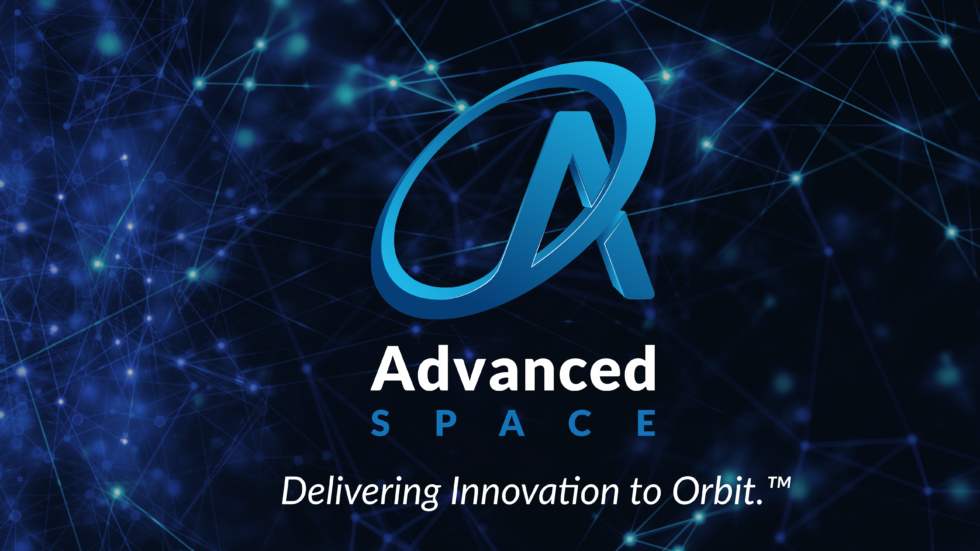WESTMINSTER, CO, 13 June 2024 — Advanced Space LLC., a leading space tech solutions company, is pleased to announce that NASA has selected two of our Small Business Innovation Research (SBIR) projects to proceed to Phase II for further development. “We are grateful for these selections as we appreciate the trust NASA continues to place in our work pushing the state of the art for critical technologies that will enable the sustainable exploration, development, and settlement of space,” said Advanced Space CEO Bradley Cheetham. “These two technologies will make missions more robust and resilient through onboard autonomy and will increase the scale with which important spaceflight safety related operations can be conducted.”
Automated, Low-thrust Mission Design and Planning
Estimating propellant needs for spacecraft can be challenging, especially when mission planners have to account for errors such as a missed-thrust event or other guidance, navigation, and control anomalies, which could take days to correct before the problem is identified in flight. Right now, engineers have to apply a lot of intuition and guesswork to developing a mission trajectory that accounts for and is robust in the face of these potential problems. The Contingency Analysis for Low-thrust Missions (CALM) algorithms will help mission planners mitigate the impact of these anomalies. CALM is designed to identify potential course errors; identify a range of the best possible trajectories using the Virtual Swarm Method to direct it back where it is supposed to go; and define the correct propulsive maneuvers without burning too much propellant. This tool helps mission planners on the ground remove the guesswork and helps them select the best maneuver to put the spacecraft back on track. CALM could be used for low-thrust spacecraft in constellations, missions bound for the Moon, or interplanetary missions.
Phase I demonstrated the feasibility of the CALM approach. Phase II will develop a mission design and planning prototype tool to mitigate the impact of missed-thrust events and other anomalies for low-thrust and dynamically sensitive missions.
Autonomous Collision Prevention for Spacecraft Operations
In the second project, Advanced Space began development on a machine learning-based software tool to reduce the threat of collision from other spacecraft and orbital debris. In Phase I, our solution—named Satellite Collision and Risk Assessment using Machine learning (SCRAM)—featured a study of using Recurrent and Transformer Neural Networks (NNs) to develop autonomous risk analysis for spacecraft collision avoidance (COLA).
These new machine learning applications in astrodynamics predict future trends in collision risk and validate collision avoidance maneuvers. In Phase II, we will further develop these aspects of SCRAM’s Collision Risk Prediction Tool and Debris Catalog Screening Tool. By using neural networks to identify conjunction events early and validating collision avoidance maneuvers autonomously, we can reduce the burden on human-in-the-loop space traffic management (STM) operations. SCRAM is being developed to support dynamic space operations for future space agency operations such as the Office of Space Commerce TraCCS Program, the NASA Conjunction Assessment Risk Analysis (CARA) team, and the 18th Space Defense Squadron (SDS).
- Advanced Space Awarded SBIR Phase II Contract to Develop Communications Relay and PNT Capabilities for NASAThe two-year project will investigate modular mission architectures that facilitate communication services for spacecraft traveling to the Moon, Mars, and beyond. Westminster, CO (July 8, 2025) NASA has awarded Advanced Space a follow-on Phase II Small… Read more: Advanced Space Awarded SBIR Phase II Contract to Develop Communications Relay and PNT Capabilities for NASA
- CAPSTONE™ To Host Additional Experiments to Support Technology Shortfalls for Cislunar Space The Cislunar Autonomous Positioning System Technology Operations and Navigation Experiment (CAPSTONE™) is expanding its critical experiments to support technology needs in cislunar space. WESTMINSTER, CO, 2 April, 2025 – Advanced Space is expanding the CAPSTONE™ program… Read more: CAPSTONE™ To Host Additional Experiments to Support Technology Shortfalls for Cislunar Space
- Interview—Patrick Miga, Advanced Space Astrodynamics Engineer and Solutions ArchitectWhat is the best part about being an aerospace engineer? I like the fact that I get to tell people that what I do is actually rocket science! All jokes aside, the best part can… Read more: Interview—Patrick Miga, Advanced Space Astrodynamics Engineer and Solutions Architect
- Advanced Space Funded by the Space Force to Build Trusted Assurance for Satellite Autonomy Advanced Space is studying artificial intelligence / machine learning algorithms to improve trusted autonomous operations of spacecraft for the full life cycle of a mission. WESTMINSTER, CO, November 7, 2024 — Space assets are almost completely… Read more: Advanced Space Funded by the Space Force to Build Trusted Assurance for Satellite Autonomy
- Advanced Space Awarded SBIR Phase I Project to Develop Positioning, Navigation, and Timing (PNT) and Communications Relay Capabilities for NASAThe feasibility study will investigate modular mission architectures that facilitate matching launch vehicles, transfer stage capabilities, primary payload, and mission destination to enable rapid mission formulation for SmallSat planetary explorers.
- External News (7)
- Flight Dynamics (1)
- Missions (2)
- National Security (8)
- Space Policy (2)
- Team (17)
